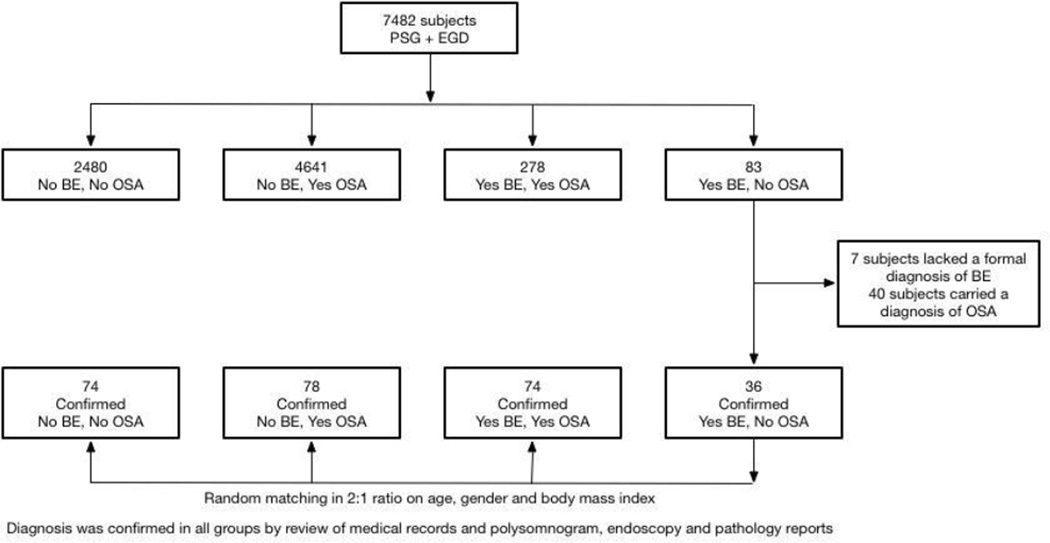Figure 1. Flow-sheet of subject identification.
A population based patient database of 7482 subjects who underwent both a polysomnogram (PSG) and esophagogastroduodenoscopy (EGD) was screened for obstructive sleep apnea (OSA) and Barrett’s esophagus (BE) using International Classification of Disease, 9th Version (ICD-9) codes. 2480 subjects had neither a diagnosis of OSA nor BE, 4641 subjects had a diagnosis of OSA but not BE, 278 subjects had both a diagnosis of BE and OSA and 83 subjects had a diagnosis of BE but not OSA. A diagnosis of BE was confirmed by review of endoscopic records for evidence of ≥1 cm of columnar mucosa with histological evidence of intestinal metaplasia. A diagnosis of OSA was confirmed by an apnea hypopnea index ≥5/hr and review of Sleep Medicine evaluation records. Patients with a diagnosis of BE but not OSA accounted for the smallest group. In this group 36 patients had a confirmed diagnosis of BE and absence of OSA (7 subjects lacked a formal diagnosis BE and 36 subjects carried a diagnosis of OSA). These subjects were randomly matched in a 2:1 ratio on age, gender and body mass index to subjects in the remaining groups.

